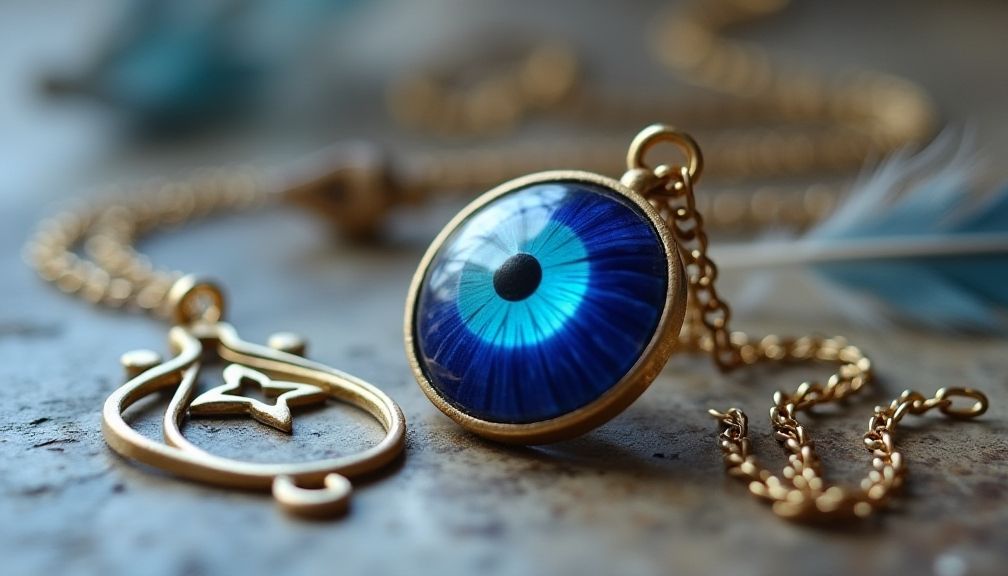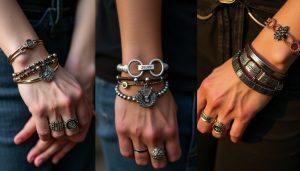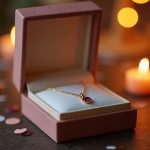The Evil Eye symbol is one of the most enduring and widely recognized symbols in cultures around the world. Known to bring both intrigue and a sense of caution, it has been a part of various traditions for centuries. But what does the Evil Eye really mean, and why does it hold such significance in so many communities? In this blog post, we’ll unravel the rich tapestry of history, meaning, and cultural relevance surrounding the Evil Eye symbol.
The Origins of the Evil Eye
The concept of the Evil Eye, or ‘Nazar,’ dates back thousands of years. Its origins can be traced to ancient civilizations, including the Greeks, Romans, and Egyptians. Ancient texts reveal that the belief in the Evil Eye was seen as a way to explain misfortune, illness, and even death that could be attributed to the envious glances of others.
The Greeks, in particular, believed that envy could cause harm. Consequently, wearing amulets or charms believed to ward off the Evil Eye became a widespread practice. The ancient Romans adopted this belief as well, often incorporating the symbol into their decorative arts. The enduring nature of this symbol points to humanity’s innate need to protect itself from negative energy.
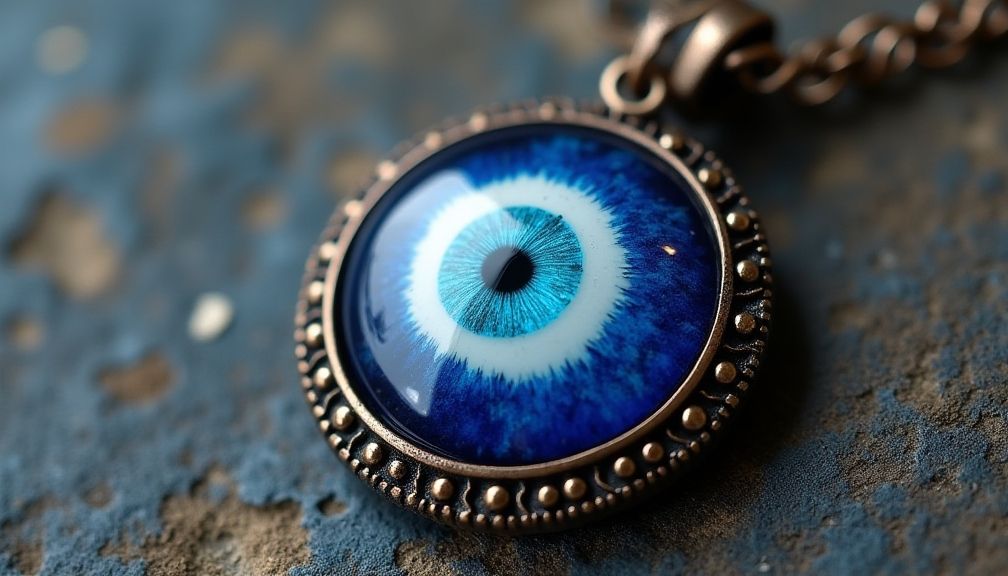
The Symbolism of the Evil Eye
At its core, the Evil Eye symbolizes protection from malevolent forces or envious eyes. It is often depicted as a stylized eye, which is either circular or teardrop-shaped, with vibrant shades of blue and white being the most common colors. The eye is not just a mere representation; it is believed to carry the power to reflect back negative energy directed toward the wearer.
In many cultures, the Evil Eye serves as a talisman that absorbs and deflects negative energy or envy. It acts as a protective shield, reinforcing the idea that one can ward off harm through spiritual means. This resonates particularly in societies where community and relationships are tightly knit, highlighting the importance of trust and mutual respect.
How Different Cultures Interpret the Evil Eye
The significance and interpretation of the Evil Eye vary widely among different cultures. Let’s take a closer look at how various regions honor this symbol:
Middle Eastern Cultures
In many Middle Eastern cultures, the Evil Eye is known as ‘Ayin Ha’ra.’ It’s perceived as a powerful force that can bring about the misfortune of others through jealousy. As a response, individuals often wear blue glass beads or jewelry featuring the Evil Eye to protect themselves. This practice has transcended into everyday life, where many believe that displaying the symbol can prevent envy and ill will from affecting their lives.
South Asian Cultures
In South Asia, particularly in India and Pakistan, the Evil Eye is referred to as ‘Nazar.’ People commonly use red thread or lemon and chili charms to ward off its effects. These talismans are often found hanging in homes or worn on clothing to protect their owners from envious glances. Within these communities, children are particularly shielded, as they are believed to be more susceptible to negative energies.
Mediterranean Practices
Throughout Mediterranean regions, the Evil Eye takes on numerous forms. In Turkey, the ‘Nazar Boncugu’ is a prevalent form of amulet that embodies the symbol. It is believed to protect wearers from negative energies. In Greece, the custom of placing a representative eye in the home or wearing an eye bracelet is common. These practices highlight the cultural significance of the Evil Eye in these societies, reflecting beliefs in communal safeguarding.
The Psychological Aspects of Believing in the Evil Eye
While some critics may dismiss beliefs in the Evil Eye as mere superstition, psychological research suggests that such beliefs can have tangible effects. The notion that someone’s envious gaze can impact your life can create a heightened sense of vigilance, leading individuals to behave in ways that reflect their concerns. This can foster resilience, as the belief may encourage protective behaviors.
Moreover, the practice of wearing or displaying an Evil Eye symbol can promote feelings of safety and security among believers. This highlights the broader human desire for control in an unpredictable world. Believing one can avoid adverse outcomes due to envious thoughts can provide comfort to many.
Further Reading:
The Evil Eye in Modern Times
In contemporary culture, the Evil Eye symbol has found itself transitioning into the fashion world. Designers have embraced the symbol, translating its historical meanings into jewelry, clothing, and accessories. From fashionable pendants to home decor, the Evil Eye continues to thrive as a recognizable motif that transcends its historical origins.
Moreover, the symbol’s popularity has grown significantly through social media, where influencers often showcase various interpretations of the Evil Eye. This accessibility has allowed the symbol to reach an even broader audience, prompting a resurgence of interest in understanding its deeper meanings.
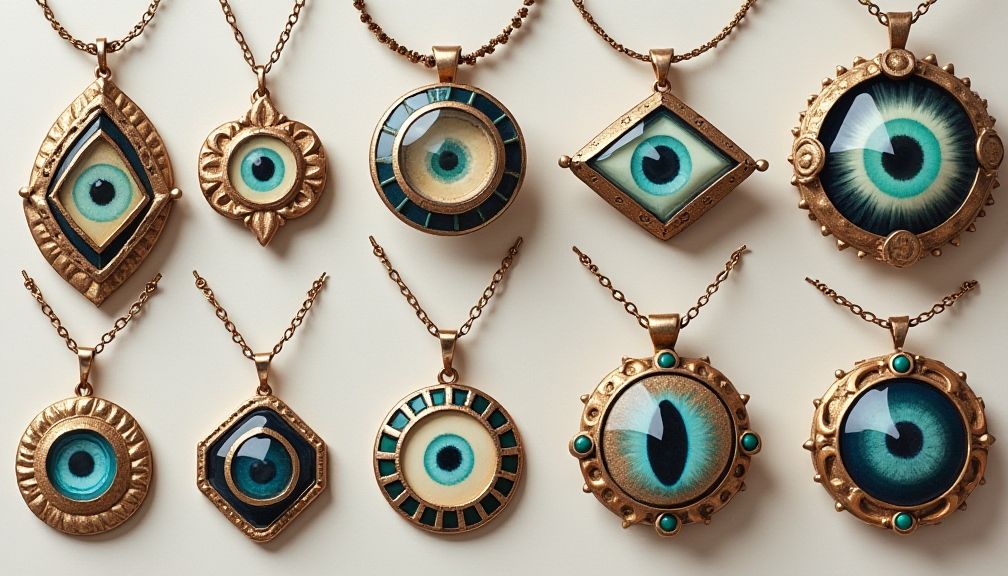
How to Incorporate the Evil Eye Symbol into Your Life
If you’re intrigued by the Evil Eye symbol, there are several ways you can incorporate it into your life meaningfully. Here are a few suggestions:
Jewelry and Accessories
Wearing jewelry featuring the Evil Eye symbol is one of the most popular ways to invite its protection into your life. You can opt for necklaces, bracelets, or earrings that resonate with your aesthetic while providing a sense of safety.
Home Décor
Consider including the Evil Eye symbol in your home décor. Wall art, woven tapestries, or decorative cushions featuring the symbol serve as both an aesthetic and protective element in your living space.
Rituals and Practices
Incorporate small rituals that honor the Evil Eye. This could involve lighting a candle or saying a prayer for protection when you feel vulnerable or anxious. Connecting spiritually with the symbol can deepen your understanding and appreciation of it.
Building a Personal Community
Strengthening your relationships and community connections can serve as a form of protection against negative energy. Surround yourself with supportive and positive individuals who uplift you, thereby diminishing the role envy may play in your life.
Conclusion
The Evil Eye symbol is far more than just a decorative icon; it embodies centuries of cultural significance and community protections against the envious gaze of others. As we navigated through its rich history, its modern influences, and psychological nuances, it’s clear that the Evil Eye holds a profound place in the human experience. Whether you wear it as a talisman, display it as décor, or simply appreciate its meaning, the Evil Eye serves as a reminder of the importance of safeguarding our well-being in a world where envy can lurk around every corner.
